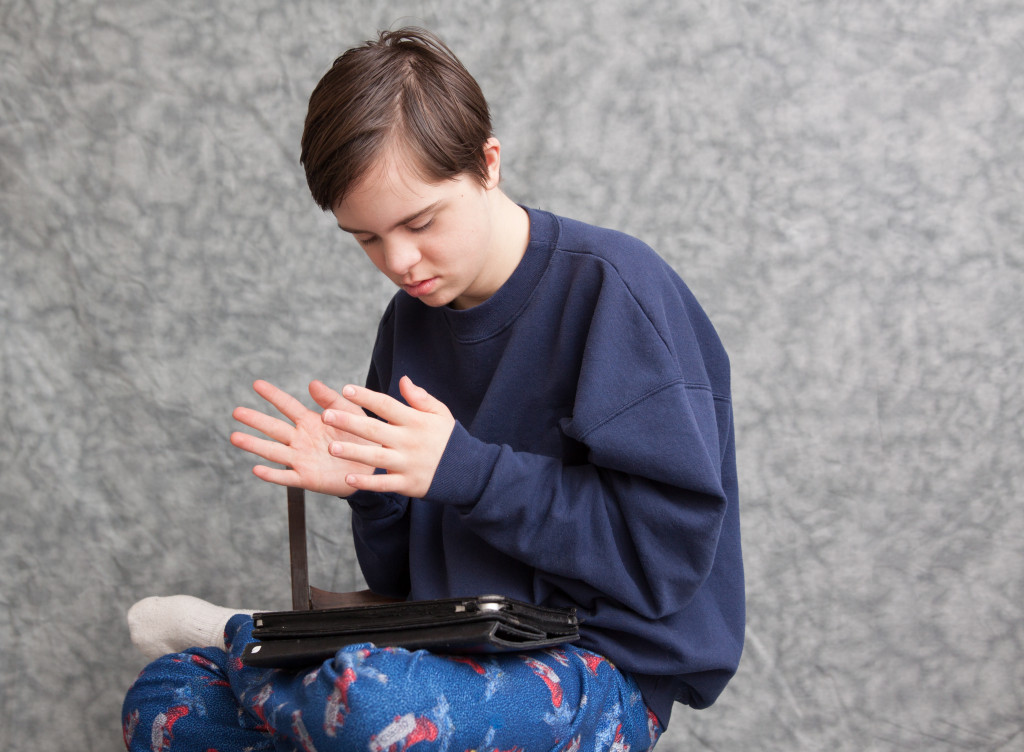Living with a disability is difficult, but innovations and technologies are helping to make people’s lives much easier. For example, the wheelchair ramp allows wheelchair users easy access to sidewalks and crosswalks while curb cuts allow them smooth ride-up curbs.
Of course, these are just two examples out of many, and it seems like every year there is another invention that comes to make everyday life either safer or easier for people with disabilities. Plus, most of these new advancements are not just available to people with disabilities, everyone can use them.
These devices give people their independence back, allowing them the freedom to enjoy life without worrying about how they’ll get around or if their surroundings will be accessible to them. The following five innovations are among some of those that have made a difference:
Voice Recognition
Voice recognition software has revolutionized the way people with disabilities use computers. It has made many applications accessible that were otherwise inaccessible, allowing these individuals to have a fully functioning computer experience.
Additionally, this can be used as an alternative to traditional keyboards and mouse devices, helping those who have difficulties using their hands or don’t have use of them at all. This makes tasks like writing much easier, without them worrying about what key to push or where to click.
Braille Displays
Braille displays give those who are blind access to a computer, allowing them to read, and respond to emails, write papers and do anything else they could normally do on a computer. These displays can be attached to computers, smartphones, and tablets to allow the user to read what is on their screen through braille.
Moreover, these displays are also helpful for those who are learning braille, as they can attach it to their device and practice. Braille displays help make computers accessible to those who are visually impaired, which in the long run helps people in their job search, education, and more.
Service-disabled Designations
Although not technically a technological innovation, the service-disabled designation given to small business owners is a step in the right direction for providing more accessibility to people with disabilities. And, it has been a success so far.
The service-disabled veteran-owned small business or simply, the SDVOSB program, allows eligible entrepreneurs to receive contracts that allow them a chance to compete for a contract with the federal government. This is a step in making it easier for America’s service-disabled veterans to become business owners.
Eye-controlled Wheelchairs

Not all wheelchairs need to be controlled by the person’s hands. Eye-controlled wheelchairs are designed for individuals with limited or no use of their hands or arms, which is perfect for those with paralysis or muscle weakness.
These wheelchairs allow people to independently and easily control their chairs, making it easier than ever to be independent. To operate the wheelchair, they simply look in the direction they want to go. It is an extremely useful device for someone who can’t use their hands or arms, but still wants access to one.
Smartphones
It may seem like a no-brainer but believe it or not, smartphones are making everyday life easier for people with disabilities. For example, a visually impaired person can use a smartphone to read where they’re going with GPS-guided walking directions or an app that will read menus for them.
Likewise, a deaf person can use a smartphone to translate sign language into text or speech and someone with limited mobility can control their house with an app. The list goes on and on, which is why many believe that the smartphone is one of the most helpful inventions in history.
The Future of Inventions
As you can see, not all inventions are built for luxury. They’re created to allow everyone to live their lives the way they want. That’s why it is so important for the companies that provide products or services to understand the needs and demands of people with disabilities.
It used to be that the only source of assistance for people with disabilities was their families, friends, or maybe a home nurse if they were lucky. Now, however, countless new advances give people with disabilities the chance to be independent and lead fulfilling lives.
Whether it’s a device that helps them walk up the stairs, a chair that allows them to be more comfortable at work, or an app that makes it easier to communicate with others, people with disabilities can do more than they ever could without them. That’s why technological developments and innovations are so important.
